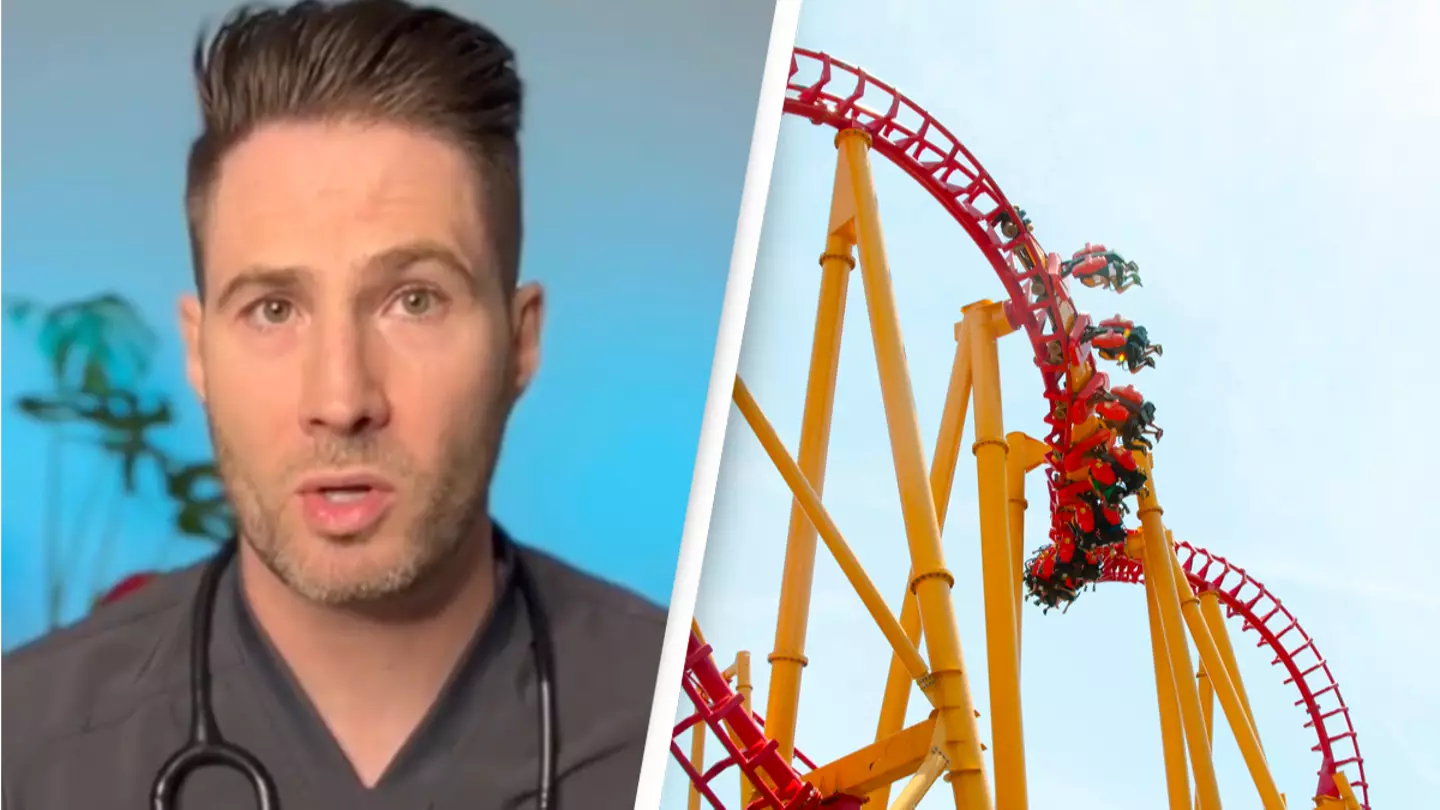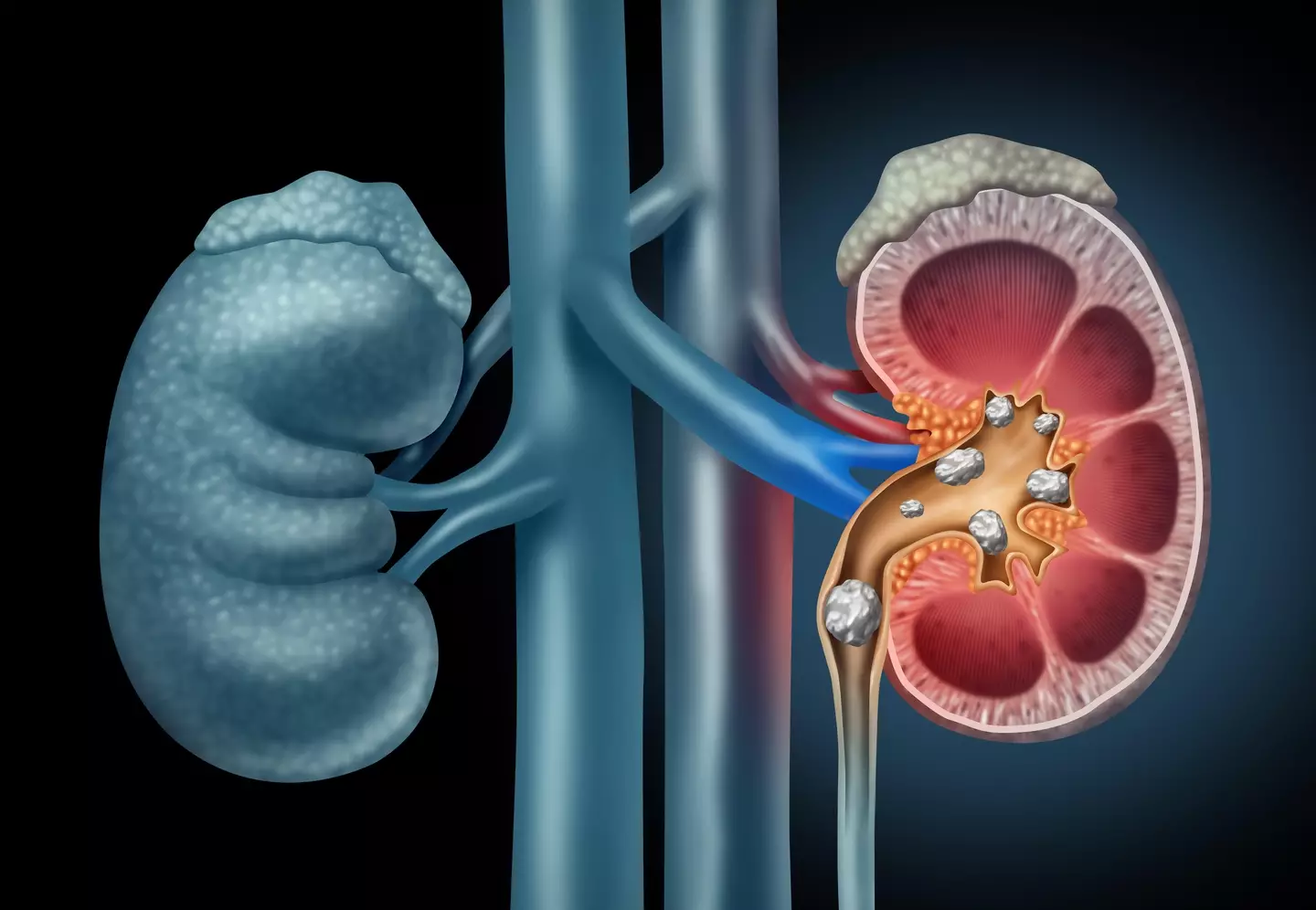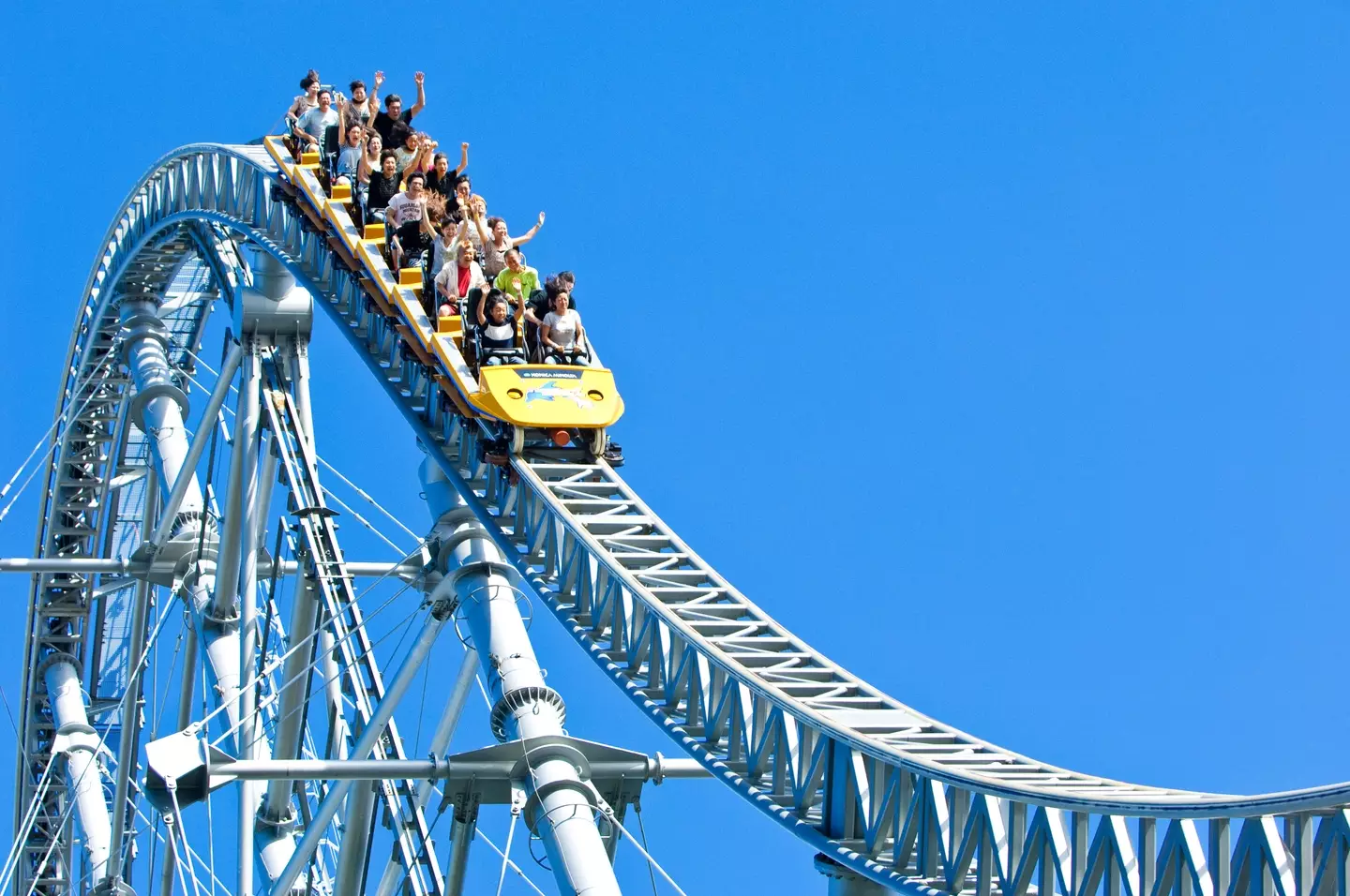
When faced with a painful medical condition, the first thing you are probably not going to do is go on a roller coaster.
Well, this apparently isn't the case for one particular condition.
That's right, according to a study carried out by doctor and Michigan State University professor David Wartinger, it can be treated by a good old dose of white knuckle adrenaline.

Advert
The medical condition in question is kidney stones - which is quite common, with one in ten people affected by it in the UK, according to the NHS.
The pilot study and subsequent expanded study came as a result of some of Wartinger's patients coming to him saying their kidney stones had passed after riding roller coasters at Disney World.
He said: "Basically, I had patients telling me that after riding a particular roller coaster at Walt Disney World, they were able to pass their kidney stone.
"I even had one patient say he passed three different stones after riding multiple times."
Advert
After these reports, Dr. Wartinger went to go out and test the theory.
He used a synthetic 3D model of a hollow kidney with three kidney stones no larger than four millimeters inserted into the replica.
Dr. Wartinger placed the model into a backpack on Big Thunder Mountain at Disney's Magical Kingdom in Florida and made it go round 20 times.
The doctor discovered that his initial results verified the reports from his patients.
Advert

He continued: "In the pilot study, sitting in the last car of the roller coaster showed about a 64 percent passage rate, while sitting in the first few cars only had a 16 percent success rate."
To verify his results further, the university professor completed an expanded study with Mark Mitchell.
With this study, the researchers discovered even better results while sitting in the back of the coaster, with a passage rate of nearly 70 percent.
Advert
Incredibly, they also discovered a 100 percent passage rate if the stones were located in the upper chamber of the kidney.
Dr. Wartinger said: "In all, we used 174 kidney stones of varying shapes, sizes and weights to see if each model worked on the same ride and on two other roller coasters.
“Big Thunder Mountain was the only one that worked. We tried Space Mountain and Aerosmith’s Rock ‘n’ Roller Coaster, and both failed."
He added that it was important what type of coaster it was to ensure the kidney stones could be treated.
Advert
"The ideal coaster is rough and quick with some twists and turns, but no upside down or inverted movements," Dr. Wartinger said.
All this being said, of course, if you think you are suffering with kidney stones, it's best to seek medical advice before jumping on the big dipper.
If you have a story you want to tell, send it to UNILAD via [email protected]
